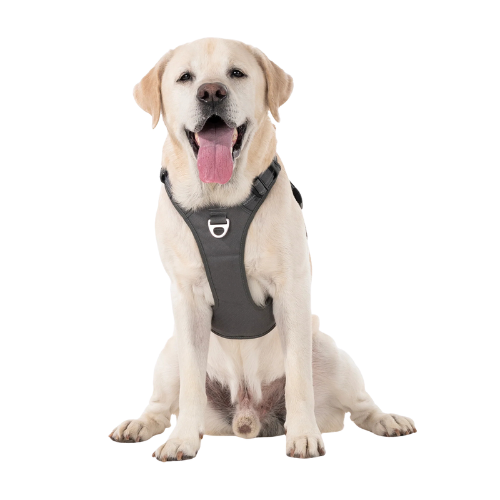Service and therapy dogs play vital roles in supporting humans, offering both assistance and emotional comfort. Whether guiding individuals with disabilities, alerting to medical conditions, or providing therapeutic presence, these dogs rely on specialized equipment to perform their jobs effectively. Among the most important tools for these working dogs is the harness. A properly chosen and fitted harness not only helps the dog carry out its tasks but also communicates its role to the public.
Why Service and Therapy Dogs Need Harnesses
Unlike regular pet harnesses used for casual walks, harnesses for service and therapy dogs serve both functional and symbolic purposes. They allow handlers to guide and control their dogs safely while ensuring the dogs remain comfortable during long hours of work. Many service harnesses also feature handles, clips, and compartments to assist with mobility tasks or to carry small items.
In addition, these harnesses make the dog’s role visible to others. Clear labels such as “Service Dog,” “In Training,” or “Therapy Dog” reduce misunderstandings in public places and signal that the dog is performing important duties.
Features of a Good Service Dog Harness
When choosing a harness for a service or therapy dog, several factors come into play:
- Comfort and Fit: Since these dogs often wear their harnesses for extended periods, a padded, breathable design is essential. A good harness should not restrict movement or cause rubbing.
- Durability: Service dogs encounter various environments, from busy city streets to hospitals. Strong, high-quality materials ensure the harness lasts and remains reliable under different conditions.
- Handle or Support Straps: For mobility assistance, harnesses with sturdy handles allow the handler to lean on or steady themselves with the help of their dog.
- Identification Patches: Clearly marked patches or labels help the public recognize the dog’s working role, which reduces unnecessary distractions.
- Attachment Points: Some harnesses include rings or clips for leashes, ID tags, or medical alert accessories, adding to their versatility.
Harnesses for Different Roles
- Guide Dogs: These dogs often use harnesses with a rigid handle, allowing their handler to feel movements and navigate obstacles confidently.
- Mobility Assistance Dogs: Harnesses for these dogs typically include supportive handles to help with balance, standing, or retrieving objects.
- Medical Alert Dogs: While these dogs may not always require large handles, their harnesses usually display identification and allow quick attachment of leashes.
- Therapy Dogs: Harnesses for therapy dogs emphasize comfort and visibility. Bright colors or patches make it clear that the dog is present for emotional support in hospitals, schools, or care homes.
Caring for the Dog Harness – MSR Pet Worldness
Since service and therapy dogs wear their harnesses frequently, regular cleaning is important. Hand wash with mild soap to remove dirt, check for fraying straps, and replace worn parts promptly. A well-maintained harness ensures both comfort and safety.


